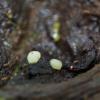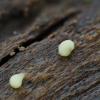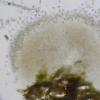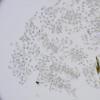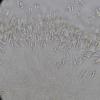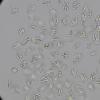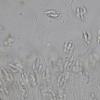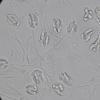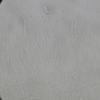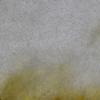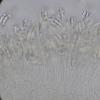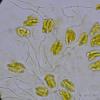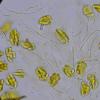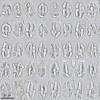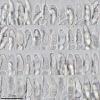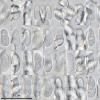
19-11-2025 23:21
 carl van den broeck
carl van den broeck
Dear guestIn Waardamme, Belgium, I found dozens of

19-11-2025 20:51
 Andreas Millinger
Andreas Millinger
Good evening,found this species on a felled trunk

19-11-2025 13:04
 Bruno Couûˋ
Bruno Couûˋ
Bonjour,jeô sollicite votre avis pour la rûˋcote

17-11-2025 21:46
Philippe PELLICIERBonjour,Rûˋcoltûˋ sur bois pourrissant de feuillu

16-11-2025 21:09
 Robin Isaksson
Robin Isaksson
Anyone recognize this acc. to pictures.? Found on

18-11-2025 13:59
Nogueira HûˋctorNovember 14, 2025 Brazuelo (Leû°n) SPAIN Hymenosc

17-11-2025 19:14
herman lambertApothûˋcie discoû₤de 0.6 cm diam., orangeFace hymû

17-11-2025 21:57
Philippe PELLICIERBonjour,Rûˋcoltûˋ sur bois de feuillu mort dur, no

14-11-2025 16:26
 Marian Jagers
Marian Jagers
Hello everyone, On dead wood of Cytisus scoparius
 Good afternoon.
Good afternoon.Does anyone know this anamorph?
It grew on very humid wood of Erica arborea in Madeira (Portugal). At first I thought it was a Vibrissea.
The conidiospores are together in groups of 6-8, with 1-3 septa. These groups remind me of the fruit of a nut. Over time they continue united, they do not separate, although there does not seem to be an envelope that keeps them together, only hyphae around them. They do not react to IKI, they are yellow.
Thanks in advance.

Let's see if someone is encouraged with new measurement data and some new photos.
The group of conidiospores is composed of 4 long cells with 3 septa and 4 short cells with 1 septum, the measurement of the group is (22.9) 24.2 - 28.8 (30.8) û (14) 15 - 17.5 (18.7) ôçm; Q = (1.4) 1.44 - 1.8 (2) ; N = 62; Me = 26.7 û 16.3 ôçm ; Qe = 1.6
The measurements of the long cells are (13) 14.2 - 18.9 (22.2) û (4.7) 4.9 - 6.3 (7) ôçm; Q = (1.9) 2.6 - 3.6 (4.4) ; N = 63; Me = 16.3 û 5.5 ôçm ; Qe = 3
The measurements of the short cells are (8.1) 9.9 - 13 (14.9) û (4.3) 4.6 - 5.4 (5.8) ôçm; Q = (1.7) 2 - 2.7 (3) ; N = 48; Me = 11.7 û 5 ôçm ; Qe = 2.4
I have the impression that at some point in development both parts are joined and then separate into the long and short units.
Any clues?
Miguel ûngel Ribes
cheers

I will check that.
Miguel ûngel Ribes

I think you got the right genus. The type of development and the formation of the conidia, I think, leaves no doubt that it is the genus Amallospora, created in 1897, or something very close.
The curious thing is that this genus only has one species, A. dacrydion, but with a set of conidia that is much larger, 50-75 microns, while mine are 27 x 16 microns.
With this position in the classification (Incertae sedis, Incertae sedis, Incertae sedis, Incertae sedis, Pezizomycotina, Ascomycota, Fungi) it is difficult to look for related genera.
Thanks a lot.
Miguel ûngel Ribes.

